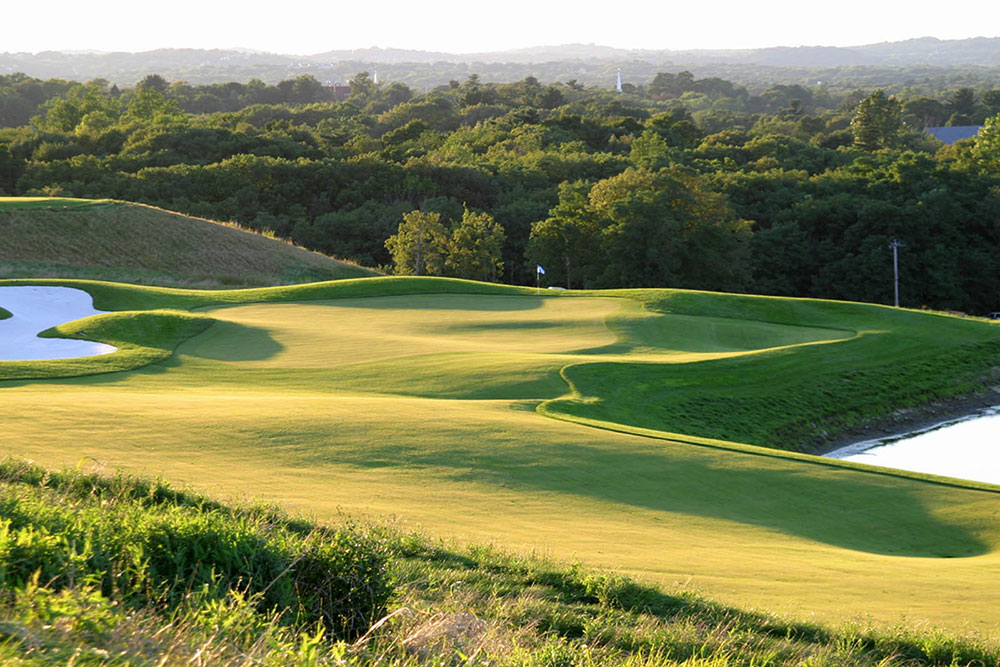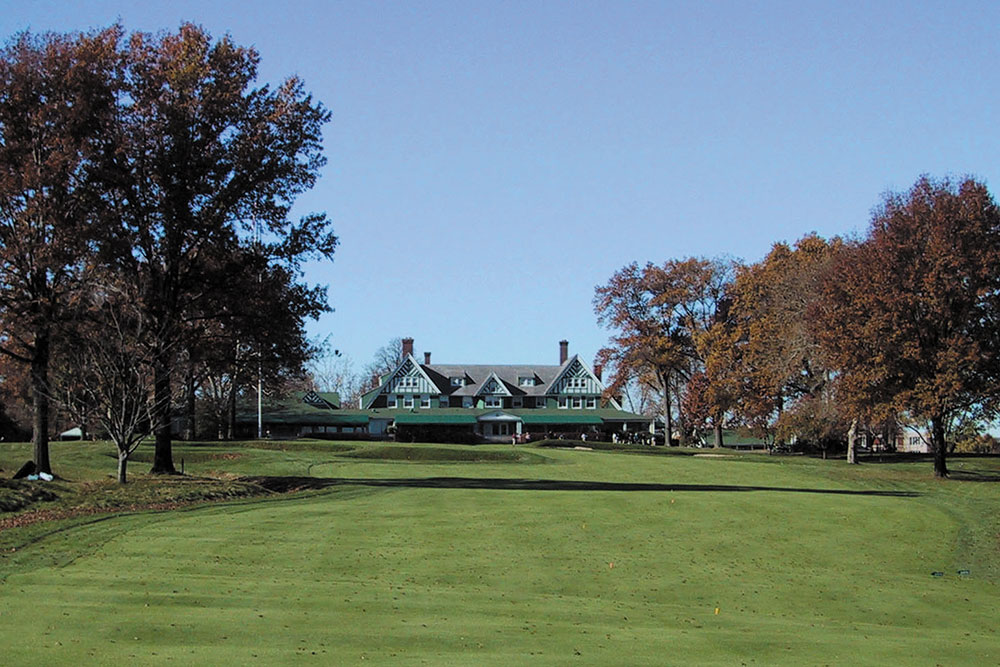Golf Course Resurfacing

Why Resurface?
This type of change is typically done in situations where the design of the course is not being altered to any extent, only the type of turf is to be changed. Resurfacing is most often done to greens complexes either because of infestation of foreign grasses/weeds or because of the desire to change from one type of grass to another. The widespread use of new varieties of hybrid Bermuda grasses in the transition zone to replace bent grass greens has led to many resurfacing projects.
When to Resurface?
Resurfacing is usually called for when putting quality is no longer acceptable due to invasion of other grasses or the maintenance of the existing turf is too difficult because of climate issues. Loss of turf quality on bent grass greens in warm climate areas each summer is an example of the need to resurface.


How to Resurface?
Depending on the age of the greens and their original construction methods, resurfacing can take many forms. If the course is a “classic” design that should retain the original contours, care should be taken to accurately record the shape and contours of the greens. Some resurfacing projects can be done simply by spraying out the older turf, stripping it away and planting new grass on the existing surfaces. Other courses with heavy thatch layers may require excavation of several inches of material and replacement with new mix before planting.
Benefits of Resurfacing
Of all the complaints that golfers have about course conditions, the most important one is the condition of the greens. There are few renovation programs that will meet with greater approval from members and daily players than making the greens have a smoother and faster roll on a consistent basis. Good putting green quality will improve player attitudes about a course more than almost any other single feature.

